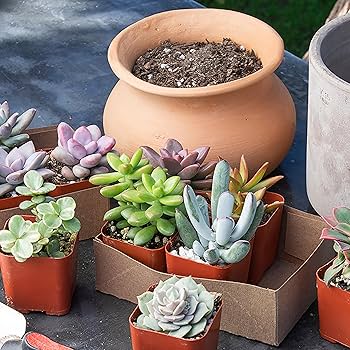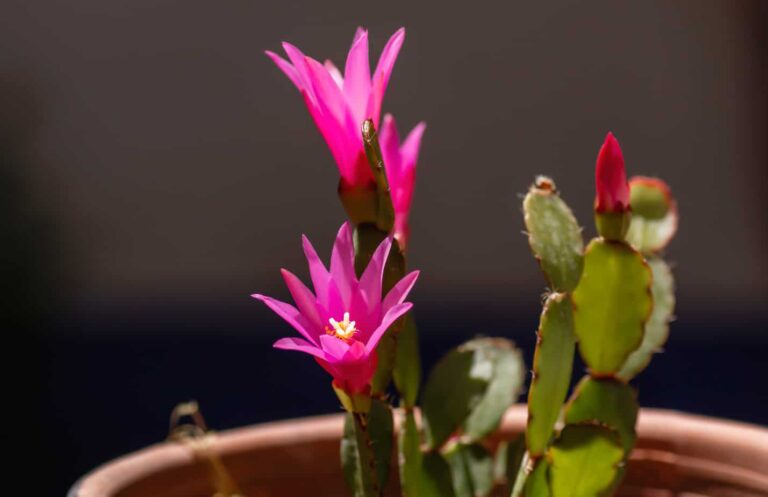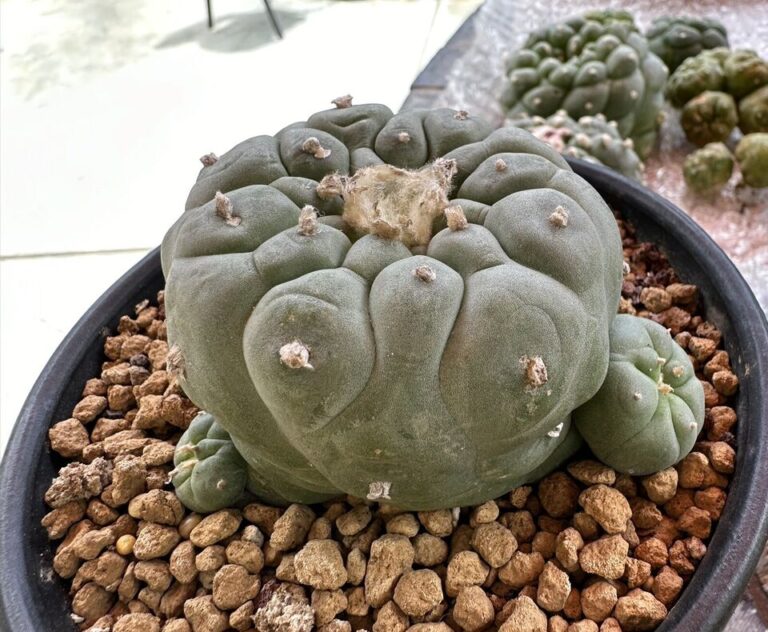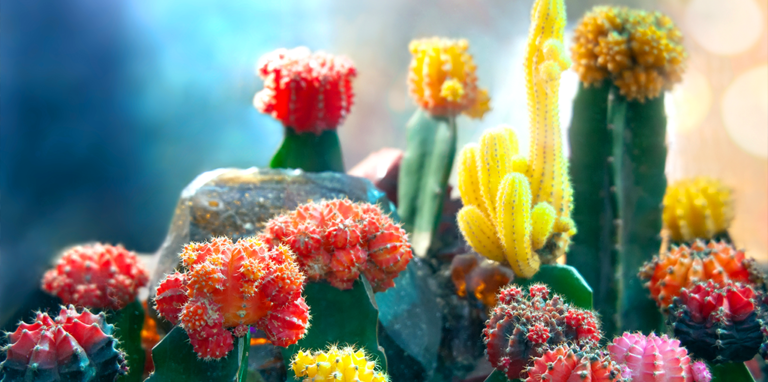Caring for Succulents: Easy Steps to Ensure Your Succulents Flourish

Succulents have become a popular choice for indoor and outdoor gardens due to their unique appearance and low-maintenance nature. Caring for Succulents is relatively simple, but to ensure they flourish, it’s important to understand their specific needs. In this article, we’ll explore essential care tips that will keep your succulents healthy and thriving. From choosing the right soil to understanding proper watering techniques, these easy steps will help you become a succulent care expert in no time.
What Are Succulents?
Succulents are a group of plants known for their ability to store water in their leaves, stems, or roots. This unique feature allows them to survive in dry, arid environments where other plants may struggle. There are hundreds of different succulent species, ranging from small, low-growing varieties to large, tree-like plants. Despite their resilience, Caring for Succulents requires attention to detail, especially when it comes to watering, lighting, and soil requirements.
The Basics of Caring for Succulents
Before diving into the specifics, let’s take a look at the fundamental aspects of Caring for Succulents. These core elements form the foundation for succulent care and are necessary for their overall health.
1. Providing Adequate Light
Succulents thrive in bright, indirect sunlight. Most succulents need at least six hours of light each day. For indoor plants, place them near a south or west-facing window where they can get plenty of sunlight. If natural light is limited, consider using a grow light designed for plants.
2. Choosing the Right Soil
Proper soil drainage is essential for Caring for Succulents. Succulents need a well-draining, porous soil to prevent water from sitting around the roots, which can lead to rot. A cactus or succulent-specific soil mix is ideal, as it contains sand or perlite to improve drainage.
3. Watering Your Succulents
One of the most important aspects of Caring for Succulents is understanding their watering needs. Succulents prefer to dry out between waterings, and overwatering can be harmful. Water your plants deeply but infrequently, allowing the soil to dry completely between waterings. During the winter months, succulents typically need less water.
4. Temperature and Humidity
Succulents are native to dry, desert-like climates and generally prefer warm temperatures and low humidity. They do best in temperatures between 60°F and 85°F (16°C to 29°C). Avoid placing succulents in areas with high humidity or drafts.
Step-by-Step Guide to Caring for Succulents
To help you successfully care for your succulents, here’s a step-by-step guide that covers everything you need to know.
Step 1: Select the Right Succulent
There are many types of succulents, each with different needs. Some popular succulents include:
- Aloe Vera: Known for its medicinal properties, Aloe Vera is an easy-to-care-for succulent that thrives in bright light.
- Echeveria: This rosette-shaped succulent is popular for its colorful foliage and requires minimal care.
- Jade Plant: A popular houseplant, the Jade Plant can live for years with minimal maintenance.
Choose a succulent that fits your home environment and climate to make Caring for Succulents easier.
Step 2: Proper Potting
When potting your succulent, choose a container with drainage holes. Succulents do not like sitting in stagnant water, so proper drainage is essential. A pot made of terracotta or clay works well, as these materials allow the soil to breathe and dry out faster.
Step 3: Watering Correctly
Water your succulent thoroughly when the soil is completely dry. Avoid splashing water on the leaves, as this can lead to rot. During the winter months, most succulents enter a dormant phase and require less water. In summer, you may need to water your plants more frequently, depending on the temperature and humidity levels.
Step 4: Fertilizing Succulents
While succulents don’t need a lot of fertilizer, you can feed them during their growing season (spring and summer). Use a diluted, balanced liquid fertilizer once a month. Avoid fertilizing in winter when succulents are dormant.
Common Problems and Solutions in Caring for Succulents
Even with the best care, succulents can experience problems. Here are some common issues and how to resolve them:
1. Overwatering
Overwatering is one of the most common problems when Caring for Succulents. Symptoms include yellowing leaves, soft or mushy stems, and root rot. To prevent overwatering, always ensure the soil is dry before watering, and make sure your pot has proper drainage.
2. Etiolation (Stretching)
When succulents don’t get enough light, they may begin to stretch or “etiolate,” growing long, leggy stems. If you notice this happening, move your plant to a brighter spot and remove any leggy growth.
3. Pests and Diseases
Succulents are relatively pest-resistant, but they can still attract mealybugs, aphids, and spider mites. To prevent infestations, regularly inspect your plants for pests and remove them by gently wiping the affected areas with a cotton swab dipped in rubbing alcohol.
How to Propagate Succulents
One of the most rewarding aspects of Caring for Succulents is propagating new plants. There are several methods of propagation, including leaf cuttings, stem cuttings, and offsets.
Leaf Cuttings
To propagate via leaf cuttings, simply remove a healthy leaf from the plant and let it dry for a few days. Once calloused, place it on top of well-draining soil and mist lightly. In a few weeks, tiny roots will begin to form, and the cutting will start to grow.
Stem Cuttings
Stem cuttings are another common method. Cut a healthy stem from the plant, let it dry, and then plant it in a new pot with soil. Ensure the stem has roots before watering.
Offsets
Some succulents, such as Aloe Vera and Echeveria, produce offsets or “pups” that can be separated and repotted. Gently remove the offset from the parent plant, allow it to dry for a few days, and then plant it in fresh soil.
Seasonal Care for Succulents
Just like any plant, succulents need different care depending on the season. Here’s what to focus on throughout the year:
Spring and Summer Care
During the warmer months, succulents are in their active growing phase. They require more frequent watering and occasional feeding. This is the best time to propagate, as the plants are actively growing.
Fall and Winter Care
In the fall and winter, succulents enter a dormant phase. Reduce watering and avoid fertilizing. During this time, succulents typically need less light and cooler temperatures, so make sure your plants are in an ideal location.
Conclusion
Caring for Succulents is simple once you understand their needs. By providing proper light, soil, watering, and temperature, your succulents can thrive for years to come. With the easy steps outlined in this guide, you’ll be well on your way to becoming a succulent care expert. Whether you’re new to succulents or have been caring for them for years, following these tips will ensure your succulents flourish and remain healthy.






